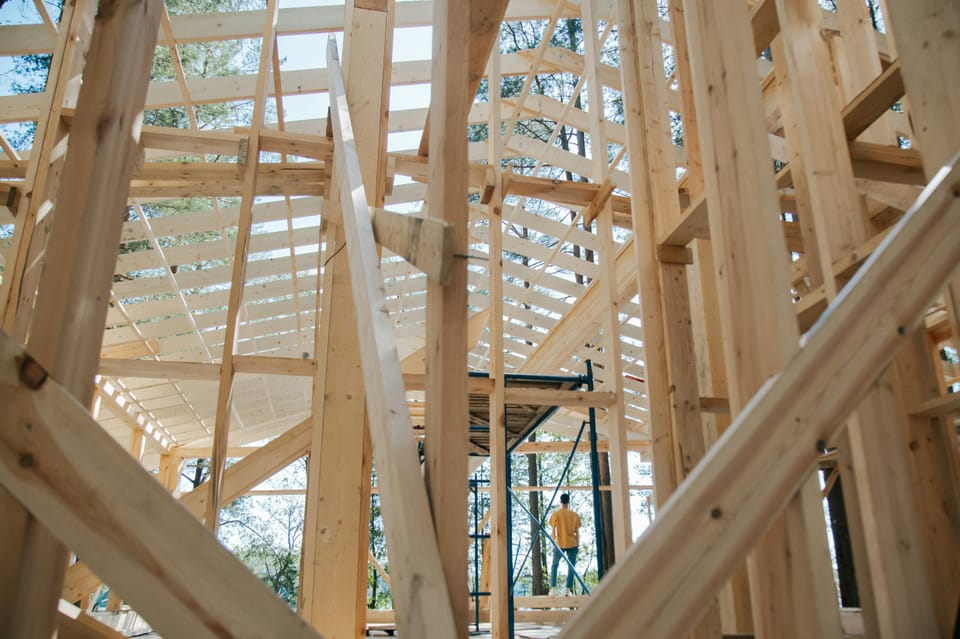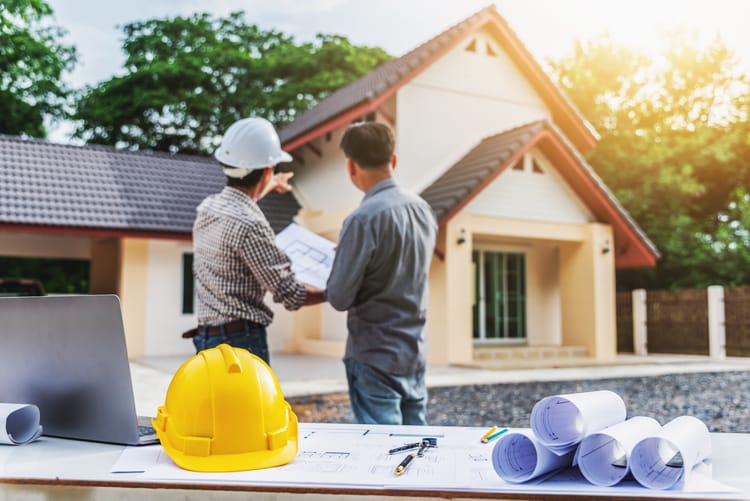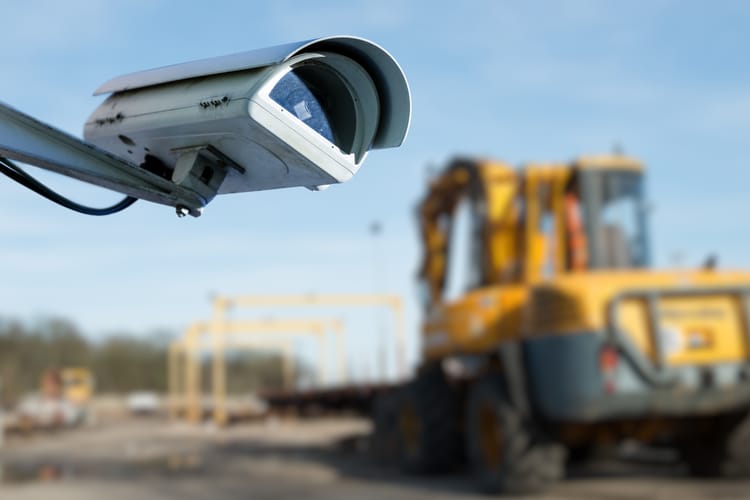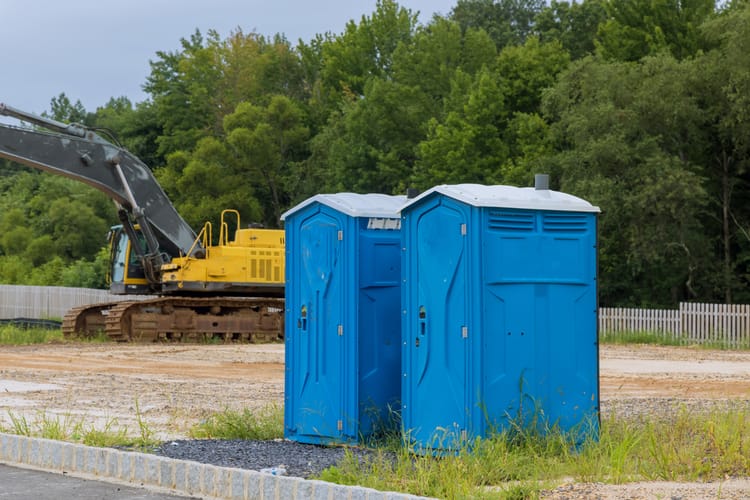Tariff hikes hit contractors hard

Up, up and away! That's the direction prices are going for everything, from metal materials to used equipment and machinery. In this week's issue, we chronicle what's driving the increases and how you can respond. And we have an exclusive interview with a contractor who's feeling optimistic in spite of it all. But first: a California builder speaks out on how ICE raids have hurt the state's construction industry.

>> Misery loves company. Join other construction pros on Reddit to share which part of the construction process stresses you out the most.
>> That’s cool! Upgrade your lunch with recipes designed to help you beat the heat.
>> Rockin’ it old school. Take a look at the ancient tools unearthed during a construction project in British Columbia.
>> Grab the popcorn. Watch what happens when a construction crew gets bored.

‘Cautious, but optimistic’
For Marty Schuma, this is an exciting time to be in construction, despite some of the challenges and trends. In fact, his company, Dick Anderson Construction, recently acquired commercial construction specialists Chanen Construction Company, in a move to expand market reach and services offered. We asked the Helena, Montana-based president and CEO why he’s feeling optimistic about the industry. —Margot Lester
What’s one word you’d use to describe the current environment?
“Opportunity”—in certain sectors. Those opportunities are mostly for companies building mission-critical infrastructure like data centers, manufacturing facilities that are coming back to America, healthcare facilities with new technologies and replacing aging infrastructure. There are also opportunities for individuals, whether it’s people just entering the industry or those who have been with us a while, who are working on projects and expanding their skills. This is an exciting and dynamic time for our industry.
What’s exciting you right now?
Our industry is becoming more competitive as new projects decrease. I think this is a short-lived industry dynamic. The reduced work creates a situation where the culturally and experientially great firms must up their game. We have to think, compete and develop unique solutions again. The market has been too fat for too long. It wasn’t good for owners/developers, contractors or subcontractors.
What are you doing to up your game?
I’ve been in the construction industry since 1992, and I’ve seen a lot of changes that put a greater focus on taking care of workers with better training and tools, and increased safety measures that make our job sites accessible to anyone who wants to join the industry. We also provide on-the-job training and an excellent benefits package, including 100% employer-paid health insurance for them and their families, a 401(k) and profit sharing and paid time off. For too many years, construction wasn’t even on the radar for many people, so I am happy to see attitudes shift as more people discover they like working with their hands and have pride in a job well done.
How do you talk to stakeholders about prevailing challenges?
We tell our clients the same thing we tell our team: We’ve been building America for 50 years and have faced many challenges, from the pandemic shutdown to supply chain shortages. Challenges like this are manageable with proper planning, collaboration and communication. Yes, we could see cost increases, but that’s always a factor in the construction industry.
What do you see ahead in the last half of the year?
We are very bullish about the second half of 2025 based on comments from our last meeting with the chairman of the Minneapolis branch of the Federal Reserve and [that] our ties to the business and local leaders in the communities we serve are currently cautious but optimistic.

Tariff woes begin materializing for homebuilders
The anticipated increase in metals and equipment costs related to tariffs has begun, according to new data from the NAHB.
Overall, building material prices jumped 2.9% from June 2024. Construction machinery and equipment parts saw the highest year-over-year hike at 24.2%. Other categories seeing double-digit rises were metal molding and trim (15.1%) and fabricated steel plate (13.6%). For both fabricated structural metal and ornamental and architectural metal work, prices rose 9.0%.
This is just the beginning of what experts believe will be continuing increases, with 50% import taxes on steel and aluminum rolling out in August and another 50% tariff on copper products potentially in the offing. Jesse Wade, the NAHB's director of tax and trade policy analysis, expects the price growth to be less than those propelled by post-pandemic supply chain issues.
Why it matters: Trade policy continues to make budgeting and estimating difficult. Keep looking for opportunities to buy ahead when cash flow allows, especially on tariffed items. And communicate with clients about the potential for materials costs changes to avoid surprises later. (News from the States)
A new selling point for landscape contractors
Landscape contractors are leveraging natural resources to help health and medical facilities improve site safety, and patient and staff security. For example, foot and vehicle traffic can be safely directed with colored or patterned paths and roadways, low hedges or fences, water features and dense swaths of appropriately sized shrubs and perennials.
Lawrence Group Landscape Architect John Iffrig, PLA, ASLA, explains: “Anywhere we [have] intersections or crosswalks on the site, we elevated the grade to create a ‘table’ so that pedestrians are more visible crossing the street and security guards have a better, elevated view of traffic.”
Why it matters: Showing clients and prospects how your work enhances safety and security establishes you as a value-added contractor who cares about the same pressing issues they do. That’s a competitive advantage that might motivate them to invest more in your services. (Informed Infrastructure)
Used machinery gets pricier
Contractors’ concerns about the economy and trade policy are contributing to rising prices for used medium- and heavy-duty construction equipment, according to a recent analysis from Sandhills Global. Seasonal increases in demand and the ongoing flow of large infrastructure and data center developments, says Jim Ryan, Sandhills’ equipment lease and finance manager.
Why it matters: Many contractors hoped that used equipment and machinery would provide some relief from the high price of new options. If you’re in the market, re-evaluate your needs and budget now to see if buying or renting makes more sense. (Equipment Finance News)

>> Rad Routes: Advanced technology transforms road construction
>> Housing Help: Vacant Boston office building converted to housing
>> Steel Stocks: Analysts confirm producers face headwinds
>> Reno Review: Google rehabs an iconic Chicago building

Banker urges strategic purchasing
"What we're seeing from some of our borrowers is really strategic. Buying is what they're doing to offset or mitigate some of that risk. And so you may not need something right away, but buy it before the prices go up, stockpile and inventory."
—Kurt Marsan, senior vice president of construction, engineering & architecture, Wintrust Commercial Banking
In this Crain’s Quick Take, Marsan tells host Jennifer Keirn how middle-market contractors can navigate the financial ripple effects of tariffs and rising material costs.
Thanks for reading today's edition! You can reach the newsletter team at thelevel@mynewsletter.co. We enjoy hearing from you.
Interested in advertising? Email us at newslettersales@mvfglobal.com
Was this email forwarded to you? Sign up here to get this newsletter once a week.
The Level is curated and written by Margot Lester and edited by Bianca Prieto.





